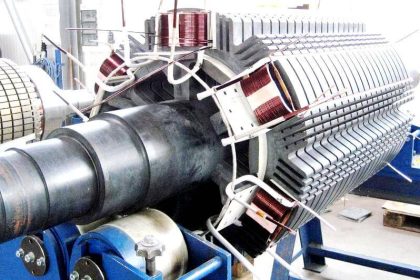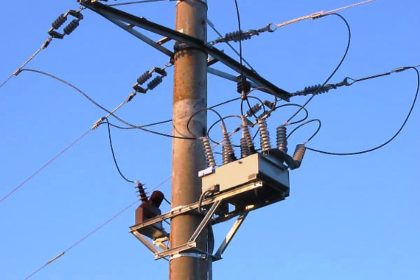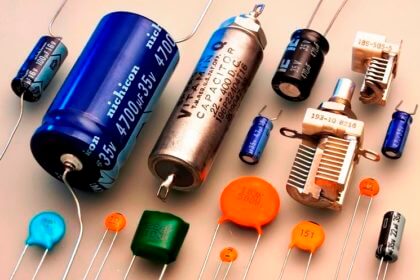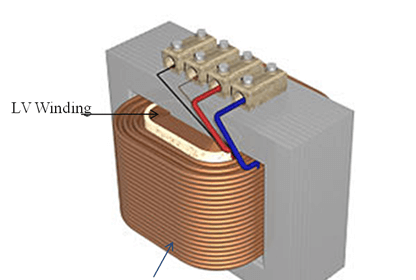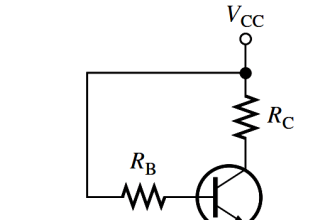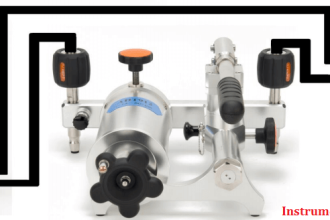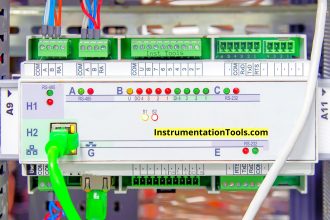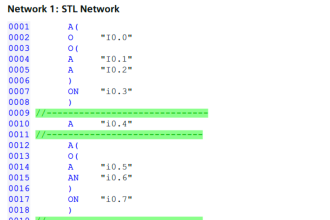Grounding systems in the generating stations should able to meet the following grounding principles:
Grounding Principles:
- Metallic enclosure on electrical equipment and exposed non current carrying conductive materials in generating station which are capable of being energized due to insulation failure or accidental contact of the energized conductors shall be grounded
- The grounding should limit the step and touch voltage to acceptable limits during a ground fault on the enclosed equipment.
- The grounding in generating station should provide ground fault current return path so that ground faults can be detected by protective devices and can able to isolate the faults or can provide an alarm to the operator
- The grounding conductors and connections should withstand the ground fault current for the duration of the fault, without being damaged by thermal, thermo-mechanical or electromechanical stresses.
- The grounding conductors should be continuous; no switching device should be inserted in the grounding conductors (except where the operation of the switching device will also automatically disconnect all power sources to the equipment grounded by that conductor). Structural changes after installation should not interrupt the grounding conductor. In general, equipment enclosures should not be used as part of the grounding conductor.
- Ground conductors should able to withstand any applied mechanical stresses and should be reliable.Ground connections which are exposed should be accessible for inspection
- Grounding system in generating station should be designed in such a way to minimize the corrosion to adjacent structures and enclosures
